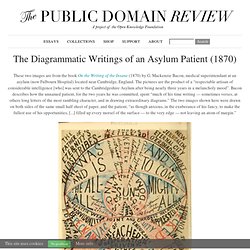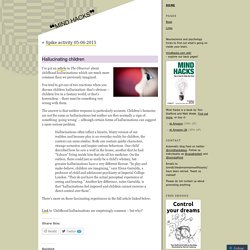

Svenja Matusall - Social Behavior. 5 Strategies to Read People’s Emotional Energy. Emotions are a stunning expression of our energy, the “vibe” we give off.

We register these with intuition. Some people feel good to be around; they improve your mood and vitality. Others are draining; you instinctively want to get away. This “subtle energy” can be felt inches or feet from the body, though it‘s invisible. Indigenous cultures honour this energy as life force. Emotional energy is contagious.
When reading emotions, realize that what others say or how they appear frequently don‘t match their energy. Here, the surrender to focus on is saying “yes” to the messages your body sends. Strategies to read emotional energy Sense people’s presence - This is the overall energy we emit, not necessarily congruent with words or behaviour. As you read people notice: does their overall energy feel warm? Watch people’s eyes – We can make love or hate with our eyes. Take time to observe people‘s eyes. Reading energy is a game-changer where intense emotions blur your clarity.
Difficult people. A Patient Walks Into a Sleep Clinic With Too Many Red Blood Cells... How's your blood?

Over the last few months we've seen a spike in patients who've come to see us because "my blood count is too high. " The patients are puzzled. Why am I seeing sleep specialists when "I have too many red blood cells? " They're seeing us because they have very smart, deeply caring primary care physicians. So let's look at the possible ties between an elevated hematocrit (the measurement of red blood cell count relative to blood volume) and sleep disorders. Do u Conscious on Flipboard. The Strange Life of Simon Magus, Christian, Pagan, Magician, and Sorcerer. Simon the Magician, otherwise known as Simon Magus, comes down through history predominately from the New Testament account, Acts of the Apostles 8:9-24, with all other ancient sources pertaining to him written after his death.

Simon is discussed in a variety of different lights, most notably "as a Christian, a Jew, a pagan and the founder of a new religion; a magician, a sorcerer, a religious philosopher and an arch-heretic; a pseudo-apostle, a pseudo-Messiah and a pretended incarnation of God; and the 'father of all heresies.'" It is with this widespread influence in mind that Simon Magus' teachings have survived as long and as intact as they have. Simon is thought to have been a Samaritan by birth, coming from Gitta and traveling to Rome around the time of Emperor Claudius (reign from 41 AD to 54 AD), enacting all sorts of magical acts upon the way. The philosopher Kant might have been skeptical of modern Mindfulness. Three Books Of Occult Philosophy Book One: A Modern Translation.
Three Books Of Occult Philosophy Book One: A Modern Translation Authors Cornelius Agrippa Availablity Usually ships in 24 hours.

Are Our Brains Really Just Computers? Take a look at the image above.

Nootropics / smart-drugs. The Diagrammatic Writings of an Asylum Patient (1870) These two images are from the book On the Writing of the Insane (1870) by G.

Mackenzie Bacon, medical superintendant at an asylum (now Fulbourn Hospital) located near Cambridge, England. The pictures are the product of a “respectable artisan of considerable intelligence [who] was sent to the Cambridgeshire Asylum after being nearly three years in a melancholy mood”. Bacon describes how the unnamed patient, for the two years he was committed, spent “much of his time writing — sometimes verses, at others long letters of the most rambling character, and in drawing extraordinary diagrams.”
The two images shown here were drawn on both sides of the same small half sheet of paper, and the patient, “as though anxious, in the exuberance of his fancy, to make the fullest use of his opportunities, [...] filled up every morsel of the surface — to the very edge — not leaving an atom of margin.” Dear Doctor, To write or not to write, that is the question. Uk.businessinsider. Hallucinating children. I’ve got an article in The Observer about childhood hallucinations which are much more common than we previously imagined.

You tend to get one of two reactions when you discuss children hallucination: that’s obvious – children live in a fantasy world, or that’s horrendous – there must be something very wrong with them. The answer is that neither response is particularly accurate. Children’s fantasies are not the same as hallucinations but neither are they normally a sign of something ‘going wrong’ – although certain forms of hallucinations can suggest a more serious problem. Hallucinations often reflect a bizarre, blurry version of our realities and because play is an everyday reality for children, the content can seem similar. Both can contain quirky characters, strange scenarios and inspire curious behaviour. There’s more on these fascinating experiences in the full article linked below. Link to ‘Childhood hallucinations are surprisingly common – but why?’